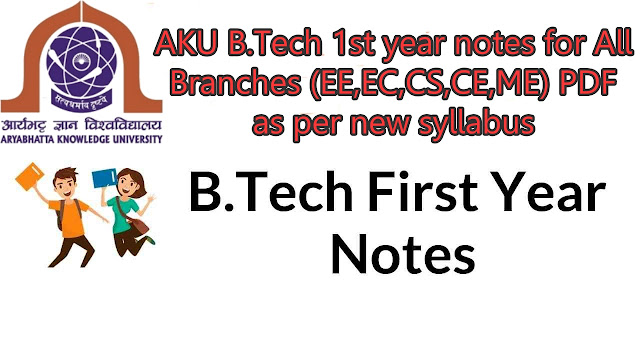NPTEL Public Speaking Assignment 5 Answers 2023 (July- Oct)
Mastering public speaking is a vital skill that opens doors to personal and professional success. NPTEL's Public Speaking Assignment 5 for 2023 (July-Oct) is designed to enhance your communication prowess, focusing on the utilization of non-verbal cues to amplify your message's impact. In this article, we delve into the nuances of this assignment, providing in-depth answers and valuable insights.
The Art of Non-Verbal Communication in Public Speaking
Non-verbal communication plays a pivotal role in public speaking, often speaking louder than words. Employing gestures, facial expressions, posture, and eye contact effectively can enhance your speech's effectiveness and resonate with your audience.
NOTE:- Answers will be updated shortly and it will be notified in our Youtube & Telegram Group. So Join Now
👉
Click Here To Get Solution
NPTEL Public Speaking Week 5 Assignment Answers 2023
The man’s boundary begins and ends with his skin.
- False
Tone determines communication in low-context cultures.
- True
Personal space helps in establishing formal business occasions.
- True
Thomas Bruneau introduced the term speech chronemics.
- False (Speech chronemics was introduced by Edward T. Hall)
Contact comfort is a primary need for higher-order mammals.
- True
Who introduced the term kinesics?
- Ray Birdwhistell
Which communication theorist ideated that non-verbal occupies ninety-three percent of human communication?
- Albert Mehrabian
What is the study of space in relation to human communication called?
- Proxemics
Which aspect of non-verbal communication particularly warrants confidence and caution as key aspects?
- Touch
Which of the following is not a part of navarasa?
- Advaita
Using Gestures to Amplify Your Message
Gestures are powerful tools to emphasize key points and engage the audience. They add dynamism and help convey emotions that words alone cannot express. Combining gestures with speech creates a harmonious balance, making your presentation more memorable.
Crafting Compelling Facial Expressions
Your face is a canvas of emotions that your audience reads. Expressions like a smile, raised eyebrows, or a furrowed brow can instantly convey enthusiasm, surprise, or concern. Crafting genuine facial expressions establishes rapport and relatability.
The Significance of Posture and Body Language
Your body posture communicates your confidence and authority. Standing tall exudes self-assuredness, while maintaining an open posture invites connection. Movements should be purposeful and aligned with your speech's rhythm.
Establishing Meaningful Eye Contact
Eyes are windows to the soul, and maintaining eye contact fosters a direct connection with your audience. It demonstrates your sincerity and ensures their engagement. Scan the room, making eye contact with various individuals to involve everyone.
Strategies for Excelling in NPTEL Public Speaking Assignment 5
Thorough Understanding of the Assignment
Before anything else, grasp the assignment's essence. Break down the requirements and objectives, ensuring you address all components effectively. Understanding the assignment's intricacies enables you to tailor your approach accordingly.
Structuring Your Speech
A well-organized speech is easy to follow and comprehend. Employ a coherent structure—begin with an attention-grabbing introduction, followed by main points, and conclude with a memorable ending. Each part should flow seamlessly, maintaining the audience's interest.
Integrating Non-Verbal Elements
Incorporate the knowledge of non-verbal communication you've acquired into your speech. Strategically use gestures, expressions, posture, and eye contact to support your key ideas. Remember, these elements should complement your spoken words, not overshadow them.
Practicing Rehearsals
Practice is the key to perfection. Rehearse your speech multiple times, refining your delivery and gestures. Record yourself to analyze and improve further. Practice builds confidence, ensuring a polished performance when you're in front of an audience.
Common FAQs about NPTEL Public Speaking Assignment 5
How important is non-verbal communication in public speaking?
Non-verbal communication is incredibly important in public speaking as it enhances your message's impact and helps establish a connection with the audience. It adds depth, emotion, and authenticity to your speech.
What are some effective gestures to use during a speech?
Effective gestures include open palms for inclusivity, pointing to emphasize, and using your hands to illustrate the size or shape of an object. Gestures should feel natural and align with your speech content.
How can I overcome nervousness while speaking in public?
To overcome nervousness, practice extensively. Familiarity with your material boosts confidence. Additionally, deep breathing, positive visualization, and reframing nervousness as excitement can help manage anxiety.
How can I ensure my eye contact is engaging and not intimidating?
Maintain soft and friendly eye contact with your audience. Instead of staring at a single person, make brief connections with different individuals across the room. This approach distributes your attention and establishes rapport.
Is humor effective in public speaking?
Humor can be highly effective if used appropriately. It lightens the atmosphere, engages the audience, and makes your speech more memorable. However, ensure your humor is relevant and in good taste.
How can I make my conclusion impactful?
Summarize your main points concisely, leaving the audience with a clear takeaway. End with a thought-provoking quote, a call to action, or a powerful statement that resonates with your speech's theme.
Conclusion
The NPTEL Public Speaking Assignment 5 for 2023 (July-Oct) focusing on non-verbal communication is a remarkable opportunity to refine your public speaking skills. Embrace the power of gestures, expressions, posture, and eye contact to convey your message effectively. By understanding the assignment, structuring your speech, integrating non-verbal elements, and practicing diligently, you're poised to excel in this task. Remember, effective communication leaves a lasting impression, making you a captivating speaker in any context.





